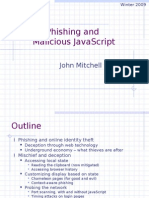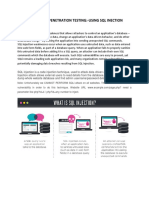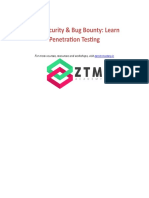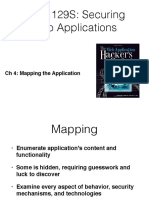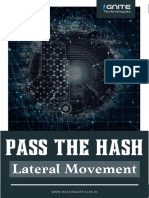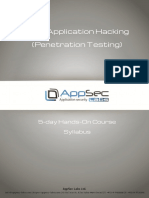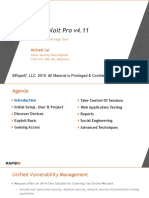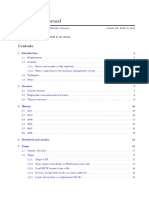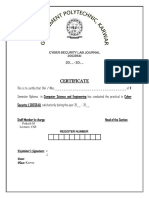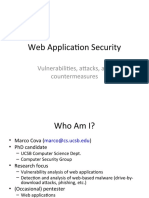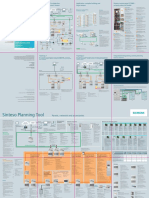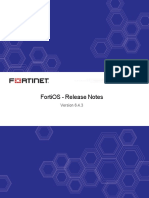0% found this document useful (0 votes)
597 views25 pagesWeb Hacking for Ethical Hackers
This document discusses hacking web servers and applications, including how to scan servers to identify vulnerabilities, exploit weaknesses like SQL injection, and crack passwords. It covers the components of web infrastructure, tools for scanning servers and enumerating services, common attacks like XSS and CSRF, and how to identify and exploit vulnerabilities in databases. The objectives are to understand how to hack web servers, applications, and databases by scanning for issues, attacking authentication, and exploiting SQL vulnerabilities.
Uploaded by
Louise RealCopyright
© © All Rights Reserved
We take content rights seriously. If you suspect this is your content, claim it here.
Available Formats
Download as PPT, PDF, TXT or read online on Scribd
0% found this document useful (0 votes)
597 views25 pagesWeb Hacking for Ethical Hackers
This document discusses hacking web servers and applications, including how to scan servers to identify vulnerabilities, exploit weaknesses like SQL injection, and crack passwords. It covers the components of web infrastructure, tools for scanning servers and enumerating services, common attacks like XSS and CSRF, and how to identify and exploit vulnerabilities in databases. The objectives are to understand how to hack web servers, applications, and databases by scanning for issues, attacking authentication, and exploiting SQL vulnerabilities.
Uploaded by
Louise RealCopyright
© © All Rights Reserved
We take content rights seriously. If you suspect this is your content, claim it here.
Available Formats
Download as PPT, PDF, TXT or read online on Scribd
/ 25
